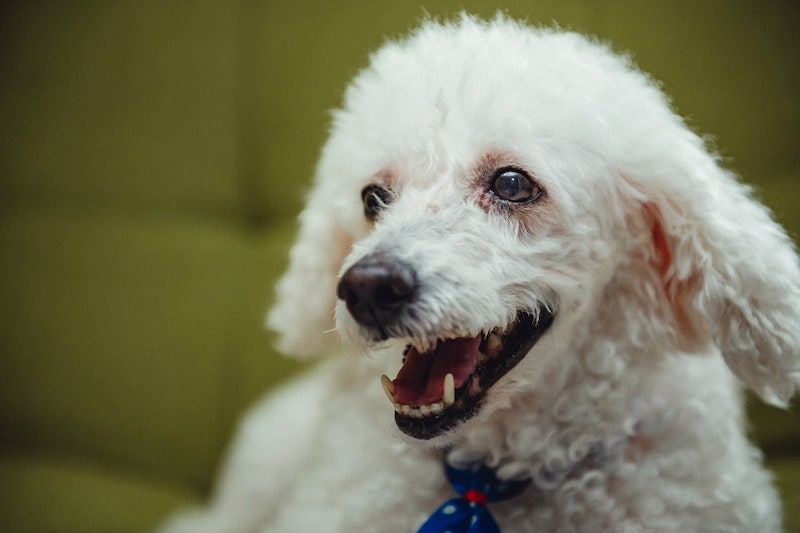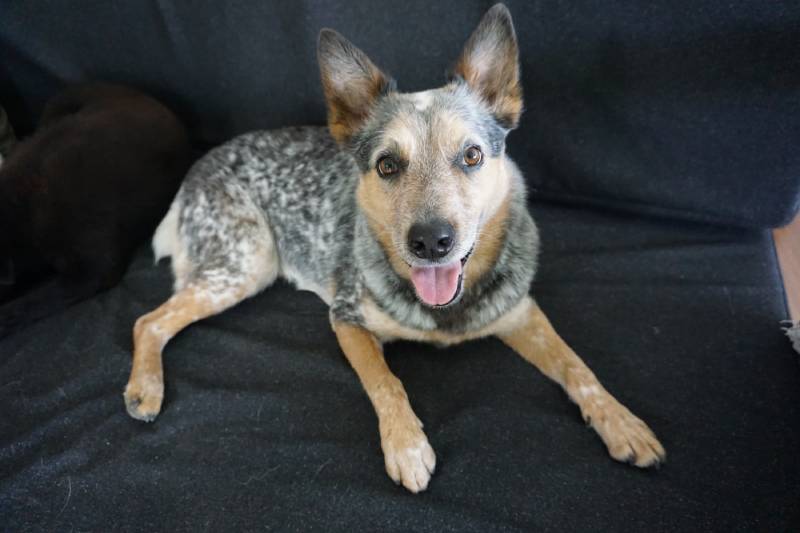Why Is My Great Dane So Skinny? 7 Vet-Reviewed Reasons

By Misty Layne
Updated on
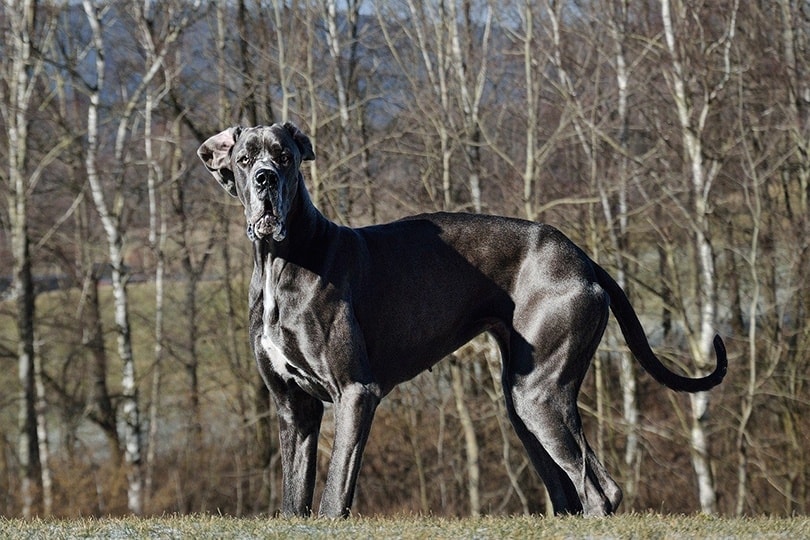
Great Danes are naturally lean dogs, but sometimes they appear too skinny, which can be a cause for concern. You want your pup to be of appropriate weight—not underweight or overweight—but if your dog seems too skinny, you need to figure out why so you can remedy the situation. Before that, though, you need to ascertain if your pet really is too thin or is actually at a good weight.
If you want to figure out if your Great Dane is too skinny and why it might be too skinny in the first place, then keep reading! We’ve got seven of the most common reasons for Great Dane thinness listed below, along with how to correctly tell if your dog is of a proper weight.
How to Determine if Your Dog Is Too Skinny
Because the Great Dane is naturally lean, it can be hard to determine if it is healthy or underweight. Here’s how to gauge your pet’s body frame to see if it is too skinny.
Using the body condition scoring method is a great tool for easily assessing your dog. First, you’ll want to take a look at the ribs. A Great Dane’s ribs are an excellent way to decide if it is at a healthy weight or not because the only rib outline you should be able to see on this breed is the last rib. If you see the outlines of any other ribs, your pet is too thin. And if you run a hand along your Great Dane’s side, you should feel a thin layer of fat over the ribs.
Next, take a look at your dog’s waist. When looking down at the Great Dane from above, your dog should have an hourglass shape. Right after the rib cage ends, the waist should cinch inward just a bit (but not too much!). And you shouldn’t be able to see any ribs except the last one from above, either.
If you don’t see extra ribs from any angle and your dog has an hourglass figure, it should be at a good weight!
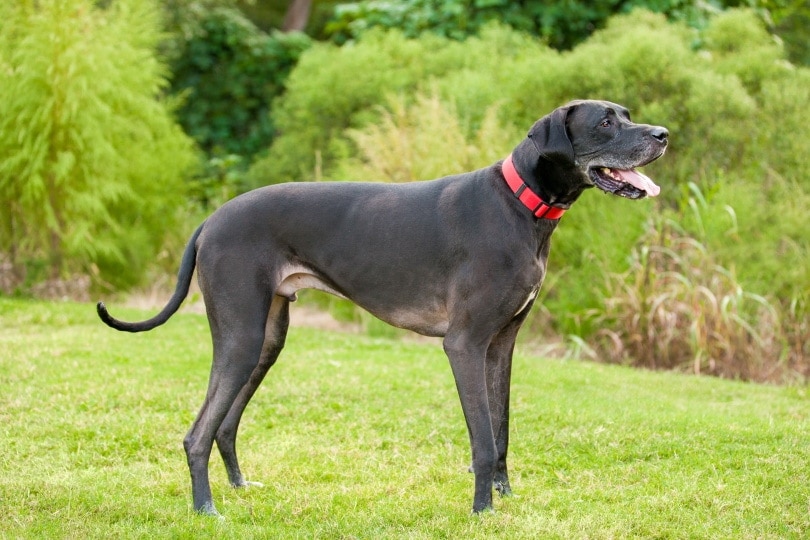
The 7 Reasons Your Great Dane Is So Skinny
Firstly if you are concerned that your Great Dane is losing weight or unwell you should take them to a veterinarian for a health check.
Here are the most common reasons your dog is skinny. Some of these reasons aren’t that serious and can be easily remedied, but others involve your pet’s health and will require the aid of a vet.
1. Over-exercising
Great Danes can be energetic and active, but there is such a thing as over-exercising! And if your dog is always active, but you haven’t adjusted its diet to match the extra calories your pet is burning, then your Great Dane can become underweight. If your dog loves to play and run constantly, it’s a good idea to speak with your vet about whether you need to add more calories to its diet to keep up with that active nature and what type of diet would suit them best.
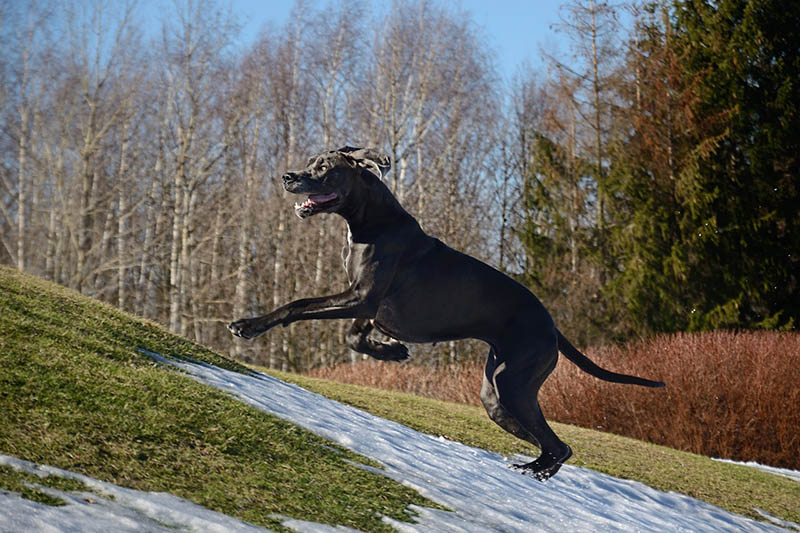
2. Improper Nutrition
Even if your Great Dane isn’t the most active, it still needs enough calories a day. But because this breed requires a lot of food, it can be easy to underestimate just how much food you’re giving your pet. After all, you also don’t want to overfeed your pup! Plus, Great Danes will do best with dog food specifically for large or giant breeds to guarantee they get all the nutrients they need. Otherwise, they may have issues with keeping weight on.
If you’re unsure whether your dog is getting all the calories and nutrients it needs, it’s advisable to talk with your vet to devise an appropriate feeding plan.
3. Puppy Teething
If your Great Dane is still a puppy and seems too skinny, it could just be going through the teething phase. Because of the discomfort of teething, your dog may be less willing to eat, which can result in some weight loss. Luckily, in this instance, once the teething phase passes, things should be fine. If you’re concerned your puppy has become too thin during teething, though, your vet may have ideas of how to sneak in more calories to its diet or ways to ease the teething pain.

4. Intestinal Parasites
If your Great Dane is dealing with intestinal parasites, then it could be having difficulty absorbing nutrients, which can result in your pet becoming too skinny. And not only can your dog have trouble with nutrient absorption, but it can also develop stomach upset from these parasites, leading to vomiting or diarrhea (neither of which aid in maintaining weight!).
If you believe your dog has a worm or other intestinal parasite, you’ll want to get them anti-parasite treatment and advice from your vet.
5. Digestive Issues
And intestinal parasites aren’t the only digestive problems with which your Great Dane might have trouble. Any sort of digestive issue, in general, can make it more difficult for your pet to keep weight on—particularly if the stomach problem leads to inflammation of the GI tract, which prohibits proper absorption of nutrients. Add to that the stomach issues that result in vomiting or diarrhea, and you may have a too-skinny pup on your hands.
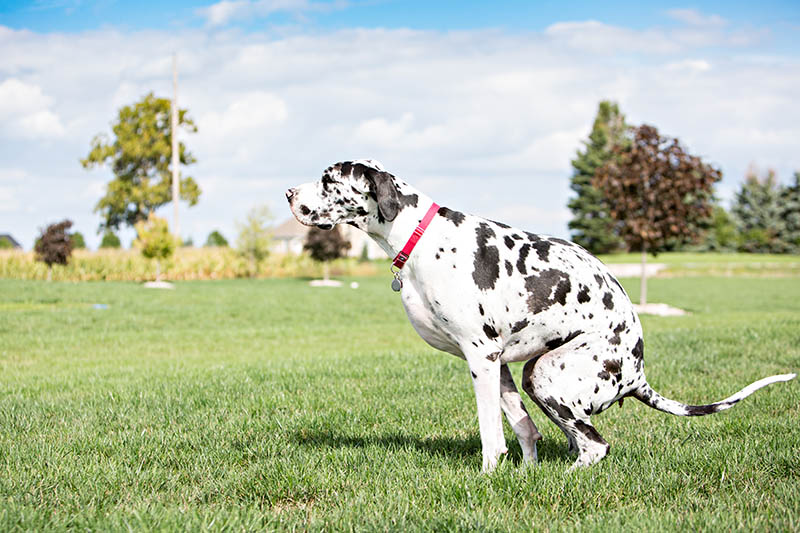
6. Diabetes
Diabetes in humans can lead to unexplained weight loss, and it’s the same for our Great Danes. Diabetes is a disease that can make it hard for the body to get energy from cells, which leads to the energy coming from muscle and fat instead. And when energy is pulled from those places, it results in weight loss for our pups. Diabetes in dogs can also have symptoms such as increased urination, increased thirst, increased appetite and recurrent infections.
This is another instance where you want to get your Great Dane to your vet sooner rather than later for a proper diagnosis and treatment.
7. Other Health Issues
Unfortunately, there are a number of health issues our Great Danes can suffer from that can lead to them being too skinny. One such health issue is dilated cardiomyopathy, a heart disease that can result in a dilated heart and arrhythmia. Another health issue your Great Dane may face that will cause weight loss is cancer, which can result in not only eating less but cachexia. Then, there’s kidney disease, which may lead to cachexia and anorexia. These illnesses usually have symptoms other than your dog being underweight so keep an eye out on their appetite, water intake and energy levels.
If your dog seems too skinny, as well as unwell, get it to a vet immediately for health check and diagnostic work if necessary.
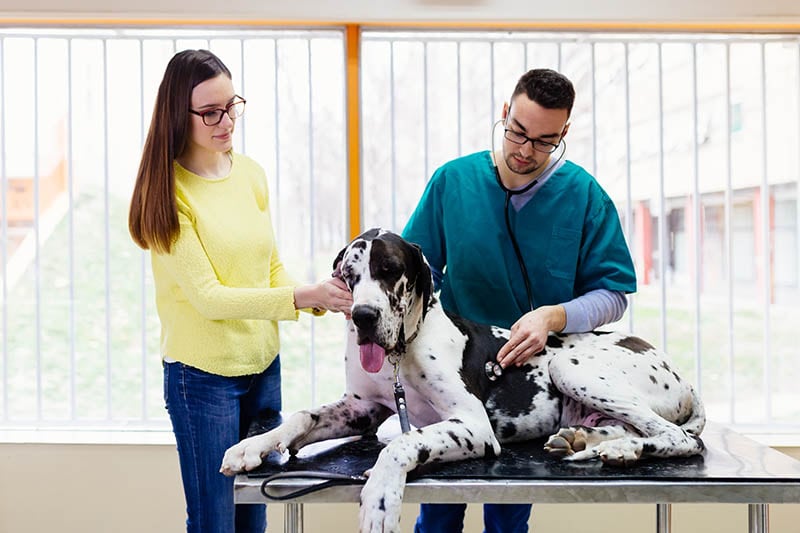
Conclusion
There are many possible reasons your Great Dane is too skinny, with some being easily fixed with diet tweaks and others requiring the aid of a vet. First, though, you should ascertain whether your Great Dane really is too thin by taking a look at its body condition score. If you do that and find your dog really is underweight, the next step is looking at your pet’s activity levels, what it’s eating, and whether it has any symptoms of illness so you can seek help to ascertain what the underlying cause of the thinness is. If you are unsure about your dog’s weight or health your veterinary clinic should be your first port of call for help.
Featured Image Credit: Martin Tajmr, Pixabay




